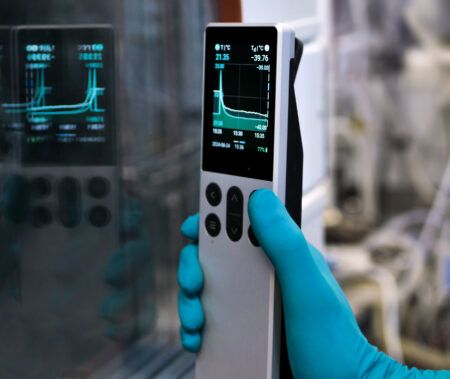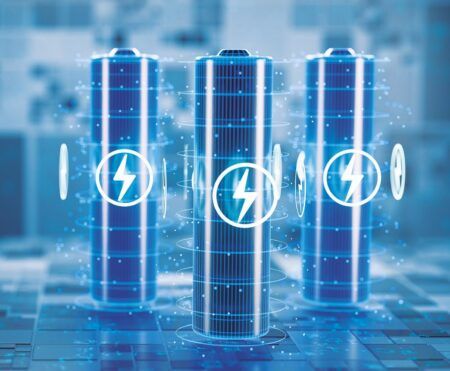Hydrogen seems to be enjoying a renaissance. Last year, China launched a 14 year plan for hydrogen, which has triggered multiple investments and announcements including $4.5bn in what is claimed will be the ‘largest green hydrogen’ project using renewable electricity and electrolysers in Inner Mongolia. This year, the US Government announced $7 billion for seven regional hydrogen hubs, bringing in an extra $40 billion in private investment, with many generating hydrogen from renewables. The EU expects hydrogen to be around 15% of the energy mix in 2050, but investment appears to be mostly driven by industry, although global events have triggered some significant public investments.
At face value, this seems great. Hydrogen has the potential to be an important part of the transition away from fossil fuels and could contribute towards decarbonising some of the hard to electrify parts of our energy and transport systems. However, there are just as many criticising these projects as there are those who support them. It is important to balance both arguments, and not use lazy tropes to dismiss one argument in favour of another. There are also significant risks of greenwashing which could do the hydrogen industry great harm in the long run. I did my PhD in fuel cells before transitioning mostly to batteries. I therefore wrote quite a few articles and papers about these arguments at the start of my academic career about 15 years ago, and have always been an advocate of taking a balanced view and supporting both technologies.
Many of these hydrogen schemes will be using fossil fuels to produce the hydrogen, and even if they are coupled with carbon capture and storage, greenhouse gas emissions can still be considerable. Those who support this as a transition are quick to downplay those risks, and have named this as blue hydrogen, to distinguish it from green hydrogen, which is made via electrolysis using renewable electricity, or pink from nuclear. Even green hydrogen has its detractors, who think that we are better using those electrons directly, i.e. charging electric vehicles or powering heat pumps, than losing a significant percentage in poor round trip efficiency. However, this can be okay if the electricity is ‘stranded’ or the hydrogen is used to displace more polluting fuels from hard to electrify sectors, or where the value of storing energy more easily as a chemical fuel is of higher value than the efficiency losses.
However, the reality is that plenty of hydrogen is already made, and will continue to be made without carbon capture, so called grey hydrogen. When made from coal the emissions can be truly horrifying. The biggest danger in my opinion, is those who use token percentages of blue, green or pink hydrogen in a project, or claim their project is carbon capture ready (but don’t actually do it), as a smoke screen to hide a wider ambivalence to or rejection of the climate crisis, and to justify using fossil fuels for longer. For the hydrogen industry to truly be part of the transition we must focus on the end-game, not transition technologies, which means scaling up green hydrogen production as quickly as possible as this is the only solution that has the potential to reach net zero.





